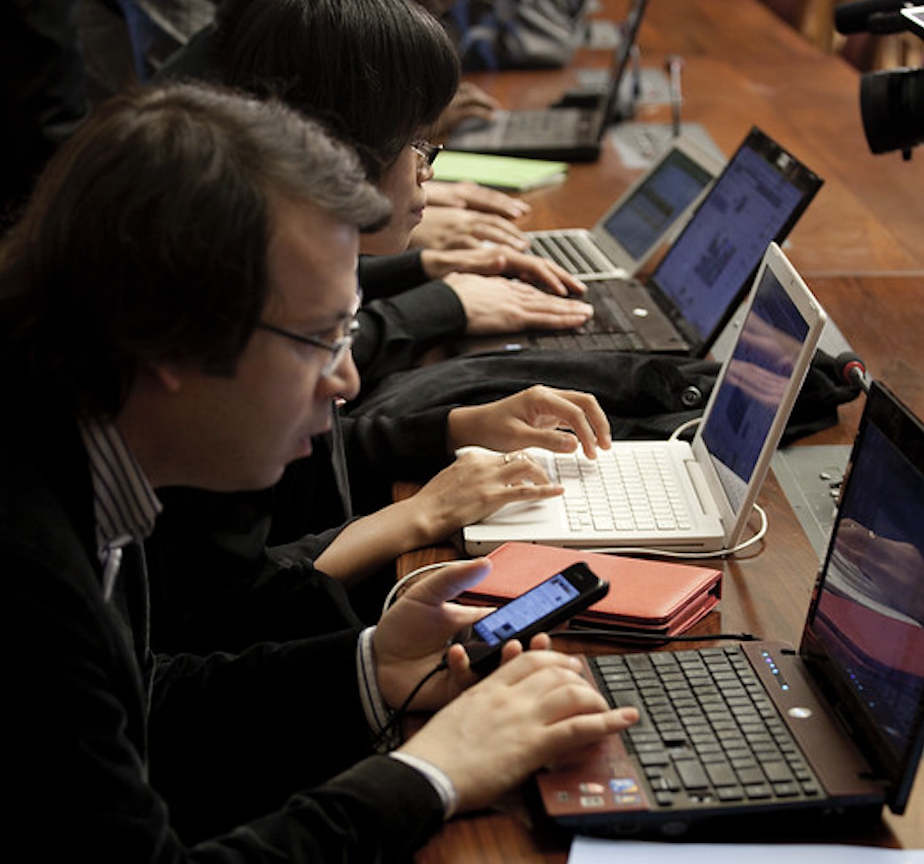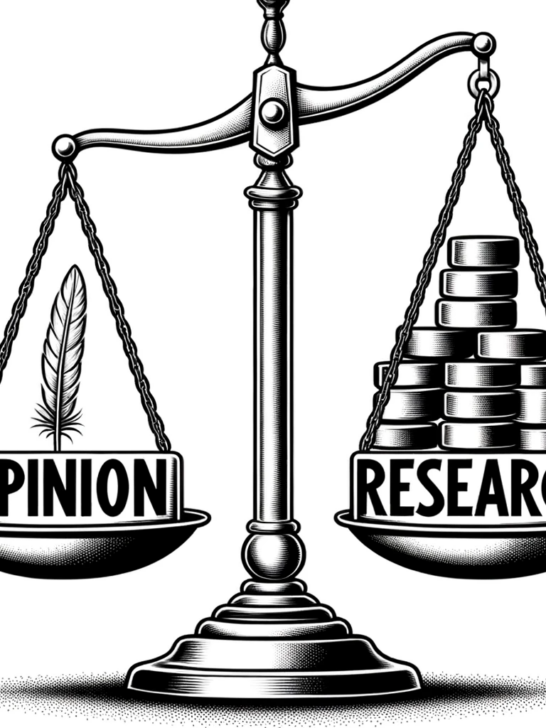Rhetorical Analysis refers to
- the practice of analyzing a rhetorical situation
- a mode of reasoning that informs composing and interpretation.
- a heuristic, an invention practice, that helps writers use to kickstart invention
- a method of analysis used to understand and critique texts.
Rhetorical Analysis is a vital workplace, academic, and personal competency–a way of producing rhetorical knowledge
In January of 2020, the COVID-19 virus swept across the world, killing people, disrupting financial markets, and transforming the lives of billions of people. It was, by all accounts an unusual rhetorical situation, a pandemic that hadn’t occurred in over 100 years.
At the onset of the pandemic, people across the globe and the news organizations that covered them had disparate interpretations of this rhetorical situation. Fox News called it a hoax, fake news, and suggested it was no worse than the flu. President Trump speculated whether a bit of bleach might be able to cleanse the human body from the virus. Rodney Howard-Browne, a pastor in Tampa, Florida, refused to shelter in place and continued to hold services and encouraged his congregation to hold hands, explaining “This Bible school is open because we’re raising young revivalists, not pansies.” Thousands of stay-at-home protesters stormed the Michigan capitol in the U.S., brandishing guns and demanding the right to return to work.
How could so many people have such different interpretations about a situation–the emergence of COVID-19 from Wuhan, China?
The best way to understand human decision making is to analyze behavior from a rhetorical perspective. Being able to think rhetorically about situations is a required workforce competency. It is foundational to successful communication.
Below are a number of questions that are designed to engage you in rhetorical analysis. To understand how to respond to these questions, please see The Rhetorical Situation.
Instructions
Below are some brainstorming prompts to guide your efforts to rhetorically analyze a topic
Context: Occasion, Exigency, Context
- What is the occasion for this communication?
- What issue problem or need compels you to write or act at this particular time and place?
- Why is this issue important right now?
- What is at stake – and for whom?
Your notes here:
Purpose
- From the perspective of the organization, what are the purposes of this document?
Your notes here:
- From your perspective as the author, what are the purposes of this document?
Your notes here:
- From the perspective of the audience, what are the purposes of this document?
- What is the reader’s goal in reading/using this document?
- What kind of information or content does the reader expect to find in this document?
- How will the reader use or interact with the document?
Your notes here:
The Writer
Examine your own motivation for writing and any biases, past experiences, and knowledge you bring to the writing situation. Also consider your role within the organization, as well as your position relative to your target audience.
- What is your relationship to the primary audience?
- How do you want to be perceived by the audience?
- What languages choices are most appropriate for this audience?
- Do you need to adjust the message because of political or ethical factors?
Your notes here:
Audience
Consider your primary audience (the main, intended reader of the final document), secondary audiences (others who will read/review the document as it is being developed/after it has been produced), and hidden audiences (readers who are not the audience but might incidentally encounter the document and have an interest in it.) Consider primary and secondary audiences for items 1-5; focus on hidden audience in item 6.
- Who is the primary audience?
- Are you writing to an individual or a group?
- Do you know your audience personally?
- What is your organizational relationship to her/him/them?
- What assumptions can you make about this audience?
Your notes here:
- What type of audience is this and what are they looking for in the document?
- Experts: enhancing their own knowledge or evaluating the validity of a project or proposal?
- Executives: trying to make a decision or get up to speed?
- Technicians: looking for technical detail and specifics?
- Non-specialists: limited expertise on the subject?
Your notes here:
- How much knowledge or technical expertise does the audience have on this subject?
How will readers’ levels of expertise influence your decisions about
- what language to use
- how much detail to include
- how much explanation of concepts/terms will be necessary
Your notes here:
- What biases or preconceptions will your audience bring to the document?
- Is the audience enthusiastic, receptive, neutral, hostile?
- How will their biases/preconceptions influence readers’ reception of the document?
- Are they likely to be resistant to the situation in which the message is delivered or to the content of the message itself?
- Are they more likely to agree, disagree or be indifferent to the information in the document?
Your notes here:
- What cultural considerations do you need to address for this audience?
- Will you have international readers?
- Readers for whom English is not a first language?
- Do you need to adjust the content to accommodate these readers?
- Language?
- Rhetorical strategies?
- Are there strong local customs or traditions that you must respect?
Your notes here:
- Who are the hidden audiences for this document?
- Who else might read this document and why?
- What is their level of knowledge and expertise?
- What assumptions and preconceptions might they have?
Your notes here:
Message and Medium
- Given the audience and purpose, what is the most important information to communicate? What does the audience need to know?
Your notes here:
- Given the audience and purpose, what is the most important information to exclude? What does the audience already know, not want, or not need?
Your notes here:
- Given audience and purpose, what tone and style are most appropriate?
Your notes here:
- What genre is most appropriate?
- What genre does the audience expect?
- For this genre, do you need to include or exclude specific types of information?
- Organize contents in particular ways?
- Incorporate specific design features?
Your notes here:
- What medium is most appropriate for this communication, and does this medium affect writing, design or distribution of the document?
Your notes here:
- Given the complete writing situation, what overall look is desired or most appropriate for this document?
Your notes here:
- How will this document be delivered to the audience?
Your notes here:
Constraints and limitations
- What practical or physical circumstances will affect the writing, design or distribution of this document?
- What environment are you writing in?
- What tools/technologies do you have available?
- How much time to do you have?
- What deadlines are important?
- What is your budget?
Your notes here:
- What constraints or limitations do you bring to the project?
- How will your own beliefs, attitudes, prejudices or habits affect writing or design?
Your notes here:
- What constraints will the audience face when they interact with the document?
- How will readers’ attitudes, traditions, or circumstances influence their perception of the document?
- Where, how and in what circumstance will they interact with the document?
- What environment will they be in?
- Will they need specific technologies to receive the document?
- Will they be focused on the document or distracted?
- Will they be limited by lack of time, space, or resources?
Your notes here:
- What company policies, laws, or ethical considerations affect the writing, design, or distribution of the text?
Your notes here:
- What relationships between individuals or groups might affect the writing, design, or distribution of the document?
- Does the organization’s structural hierarchy matter? How so?
- Are you in danger of stepping on anyone’s toes?
- Is there a chance that the communication might be intercepted by an unintended audience?
Your notes here:
- What cultural, political or other factors place constraints on this project?
Your notes here:


